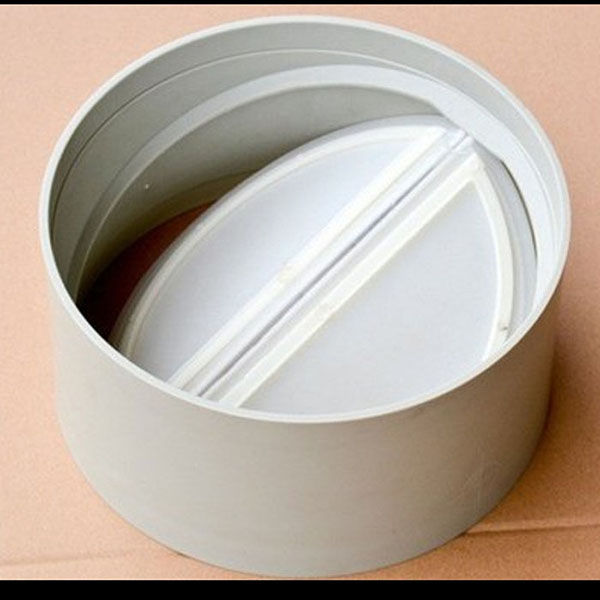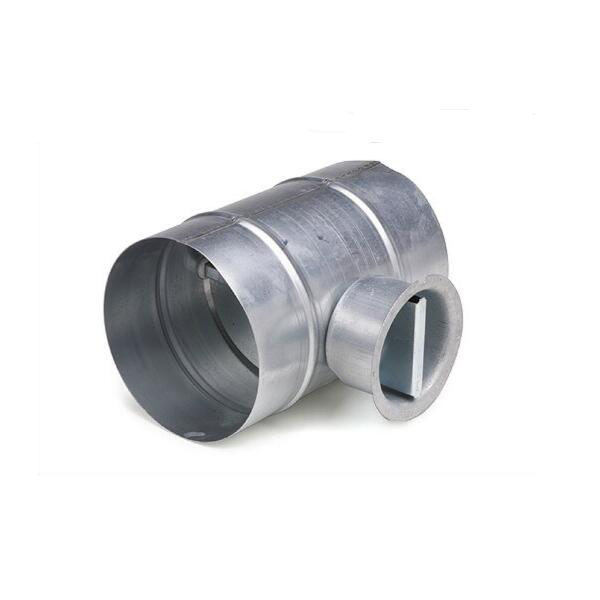The cost-effectiveness of any HVAC system ultimately determines the running costs of any operation. And as studies have shown, HVAC systems often perform better with air dampers. Air Dampers are HVAC components that control the direction and volume of airflow within the duct. And as such, they are integral to maintaining balance within the system. Given the variability of HVAC designs and functions, air dampers also differ to suit these differing needs. We look at how these dampers work and the options available to you:
How Do HVAC Air Damper Work?
Air dampers regulate airflow within ducted HVAC systems by operating like revolving or hinged doors. They feature movable plates. And as they open and close, they regulate the airflow in the system by changing its direction or the air volume. Some dampers also control the direction of the airflow. As such, a damper can suit any of the following needs:
- Volume control,
- Change of direction,
- Speed control, or
- Airflow control without change in volume or direction.

Some air dampers can perform two or more functions, while others focus on one. Your choice hinges on your needs. Dampers are standard in ducting systems which feature gases and liquids as they enhance the efficiency of these systems.
HVAC dampers do not work alone. Instead, they work in conjunction with thermostats which control the air temperature. The dampers then control the air flowing through the system’s network by regulating its speed, direction, or volume. The use of dampers with thermostats gives you a much better handle over the heating and cooling of the environment.
Besides regulating airflow, air dampers can also limit or shut off airflow in some zones. So, where cooling or heating is no longer integral to operations, you can save money on utility costs by regulating the airflow.
Manual vs. Automatic HVAC Air Dampers
The system’s use will determine whether you need manual or automatic HVAC dampers. For example, most residential HVAC systems can work well with manual dampers. But most commercial and industrial settings cannot.
a. Manual HVAC Air Dampers
These dampers are often located within the ducting system. The air duct damper’s blades spin inside the ductwork, regulating the airflow. And they feature a handle outside the duct, allowing you to control the airflow as you see fit. These vent dampers often work devoid of external control, but you may need to adjust them occasionally.
Manual HVAC dampers often boast low maintenance needs and are usually highly durable. On the downside, they are not as precise as automatic dampers. Plus, you must operate them manually as you cannot control them remotely. This need often poses a problem in HVAC systems in hard-to-reach places.

b. Automatic HVAC Air Dampers
Unlike manual air dampers, which rely on preset settings, these automatic air dampers use small motors to open and close the plates and valves. These systems can self-regulate based on temperatures as they follow the thermostat settings. Plus, you can also control them remotely. These zone dampers are typical in complex HVAC systems, which feature separate zones to create balance.
These automatic dampers are better for precise temperature and airflow control. And they are less burdening to operators as you can control them remotely. Some even feature wireless control.
Types of HVAC Air Dampers
As discussed, HVAC dampers can serve different roles. They thus come in varying types, which feature different materials, designs, and functions, as follows:
a. Blade-Style Dampers/ Collar-Style Dampers
The blade dampers can either have single rotating blades or several blades. Where these dampers have several blades, the blades move in opposite directions. Usually, these dampers come in round, square, or rectangular shapes. They often mimic the shape of the ductwork and are ideal for isolating zones in the HVAC systems. They are typically used in ductwork, HVAC systems, and chimneys. And they boast sturdiness, excellent sealing capacity, and minimal noise production.

b. Guillotine-Style Dampers

These dampers work like the guillotine machine by closing quickly and creating an airtight seal. Their mechanism allows them to block airflow completely, and they are thus common in zones where complete isolation is essential. Because of their fast and airtight closure, these can also work in emergencies like fire outbreaks where speed is important.
c. Shutter-Style Dampers/ Backdraft Dampers
These dampers remain closed like shutters until an external force causes them to open. Usually, this force comes from the air from a fan. They remain open as long as the force keeps pressuring them to do so. The force also controls the airflow direction as the shutters slightly overhang each other. And once the airflow stops, the shutters fall back into place.

d. Radial-Style Dampers
These dampers feature several rotating blades with openings in specific blade sections. Once they open, they take on the arrangement of a fanned-out deck of cards. Thus, as the blades rotate, the airflow moves in a precise direction for effective regulation.
e. Butterfly Dish Dampers
These low-maintenance butterfly dampers feature a blade that fills up the duct to restrict airflow. They can limit or stop airflow and prevent backdraft by controlling the air in one direction. Thus, they are ideal for fire prevention, and heating uses.
f. Rectangular-Style Dampers
These dampers feature flat blades that rotate around a pivot. Some may feature sliders that regulate the opening and closing of the blades for effective airflow control.
g. Louver Dampers
These dampers have strong airflow regulation properties and feature flat blades that can fill different duct sizes. You can thus use them to seal off air within a short time.
h. Round Tube Style Dampers
These dampers feature a control unit that makes them ideal for ductwork that requires self-contained dampers. You fit them into existing ductwork.
i. Inlet Vane Dampers
These dampers are essential for material flow and pressure control. Often, they feature in HVAC systems with fan inlets so they can control the ventilation in the workspace.
Your need for any of the dampers mentioned above depends on where you plan on using the dampers and why. We can advise you on the best options based on your preferred applications.
Do You Need HVAC Air Dampers?
Whether you want to restrict, control, or block airflow, there’s an air damper for you in Clampia! Talk to us about getting the right fit for your space.




